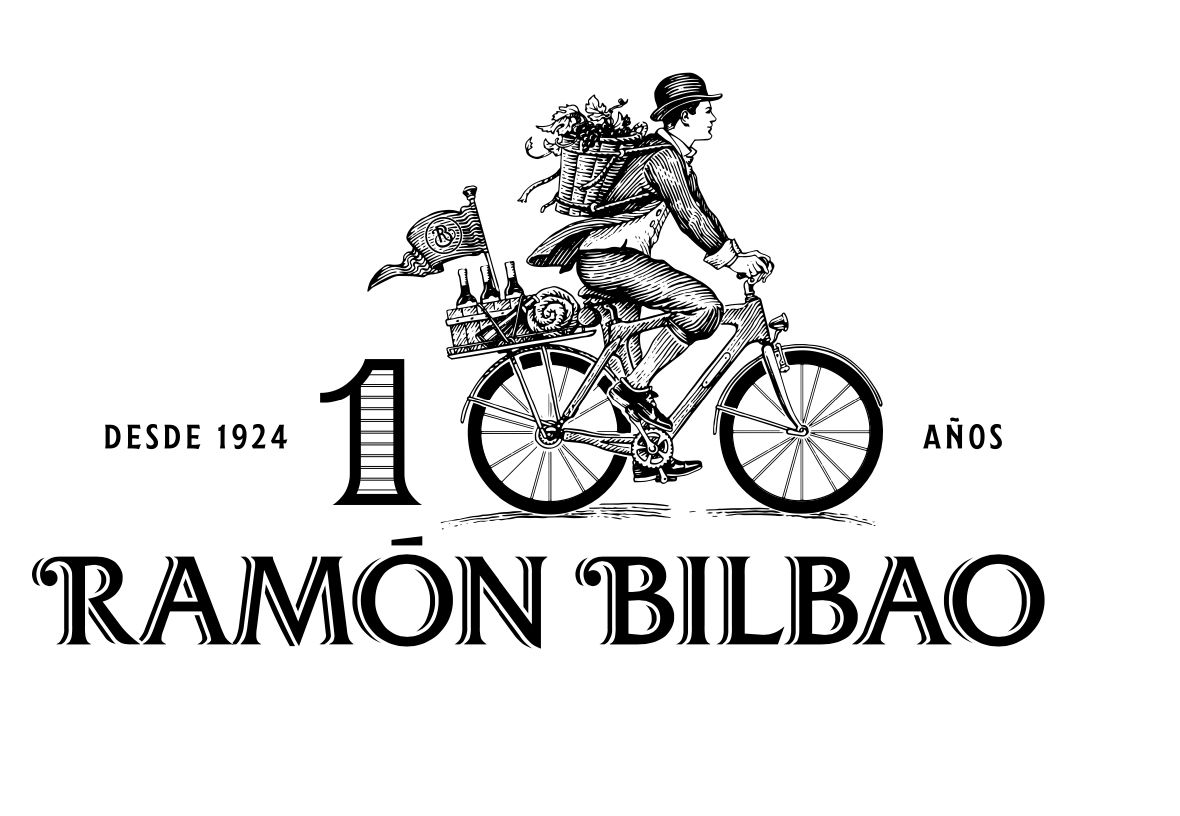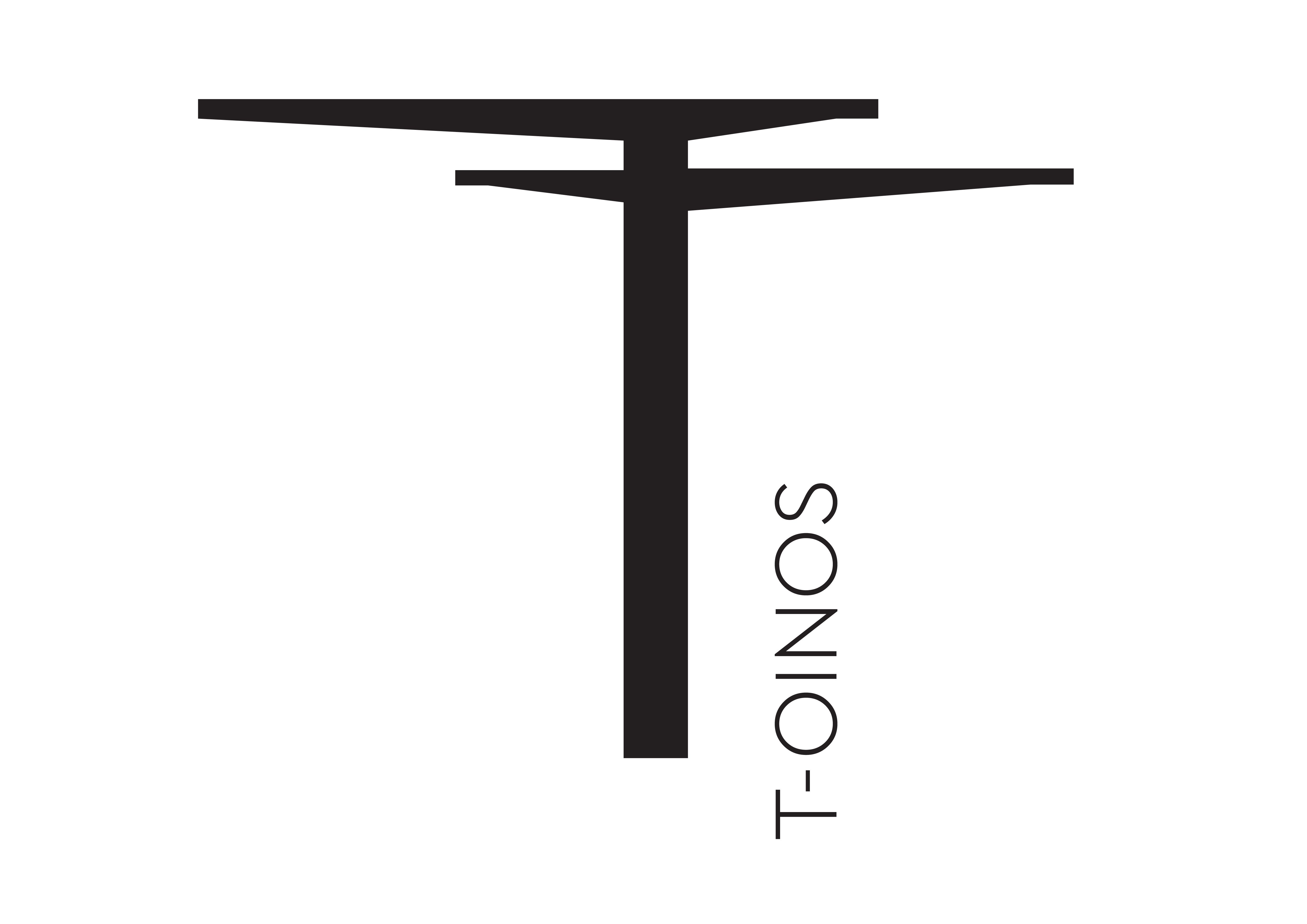Despite The Armagh being spoken of in the same breath as Penfolds Grange and Henschke’s Hill of Grace, it is Jim Barry Assyrtiko that is getting all the press these days.
It’s that time again.
Nights are drawing in, the mercury is falling and thoughts are turning towards what to serve with Christmas lunch and with other meals during a season when keeping the spirits up becomes key. Many of us think ‘Big Aussie Red’ – and with so many great examples now coming out of Barossa, McLaren Vale and other regions, why not?
Jim Barry Wines‘ The Armagh has long been a contender for best Aussie red and unsurprisingly has built a big fan base that puts it alongside Penfolds Grange and Henschke’s Hill of Grace. Yet, according to Peter Barry, who took over at his father’s eponymous winery in 1985 and who has lived through all the changing fashions in the wine world, including the current one for more restrained, lighter styles, the Armagh is a misunderstood wine.
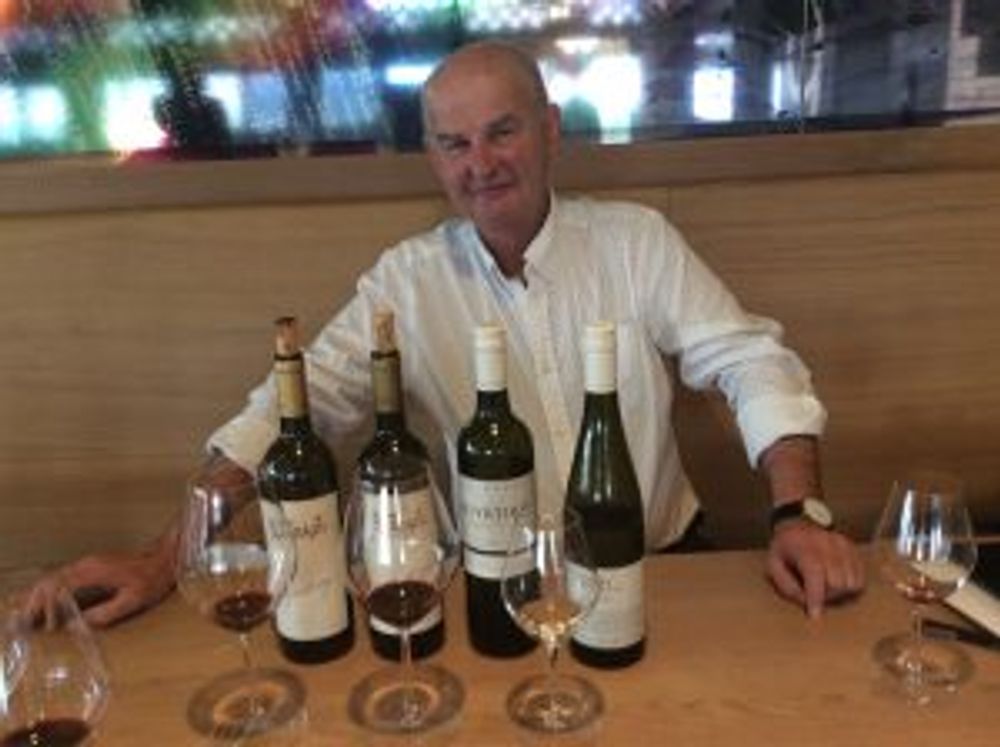
Peter Barry, London, 2018
“I always call it an elephant in ballerina shoes – it may be a big wine but we treat it carefully,” says Peter Barry, relaxing in front of five vintages of the iconic wine earlier this year before heading back Down Under to prepare for the new harvest.
This has been a big year for Jim Barry Wines which, following the dissolution of Negociants UK, signed an exclusive distribution deal with Hallgarten & Novum Wines in May.
“We’re really happy, its been a great fit,” he says.
Exactly 50 years ago, Peter’s dad Jim planted the first Shiraz vines to make Armagh, named after the nearby village which recalls the Irish homeland of the many 19thcentury settlers there. The original vineyard remains, a North West-facing sun trap that produces firm, concentrated fruit with minimal intervention, and successive vintages have been unashamedly big; Robert Parker gives the current 2013 vintage 96 points, the 2012 vintage 98 points and the 2010 an astonishing 99 points, suggesting that the Armagh Shiraz that year was as near to perfect as perfect can be in Parker-world.
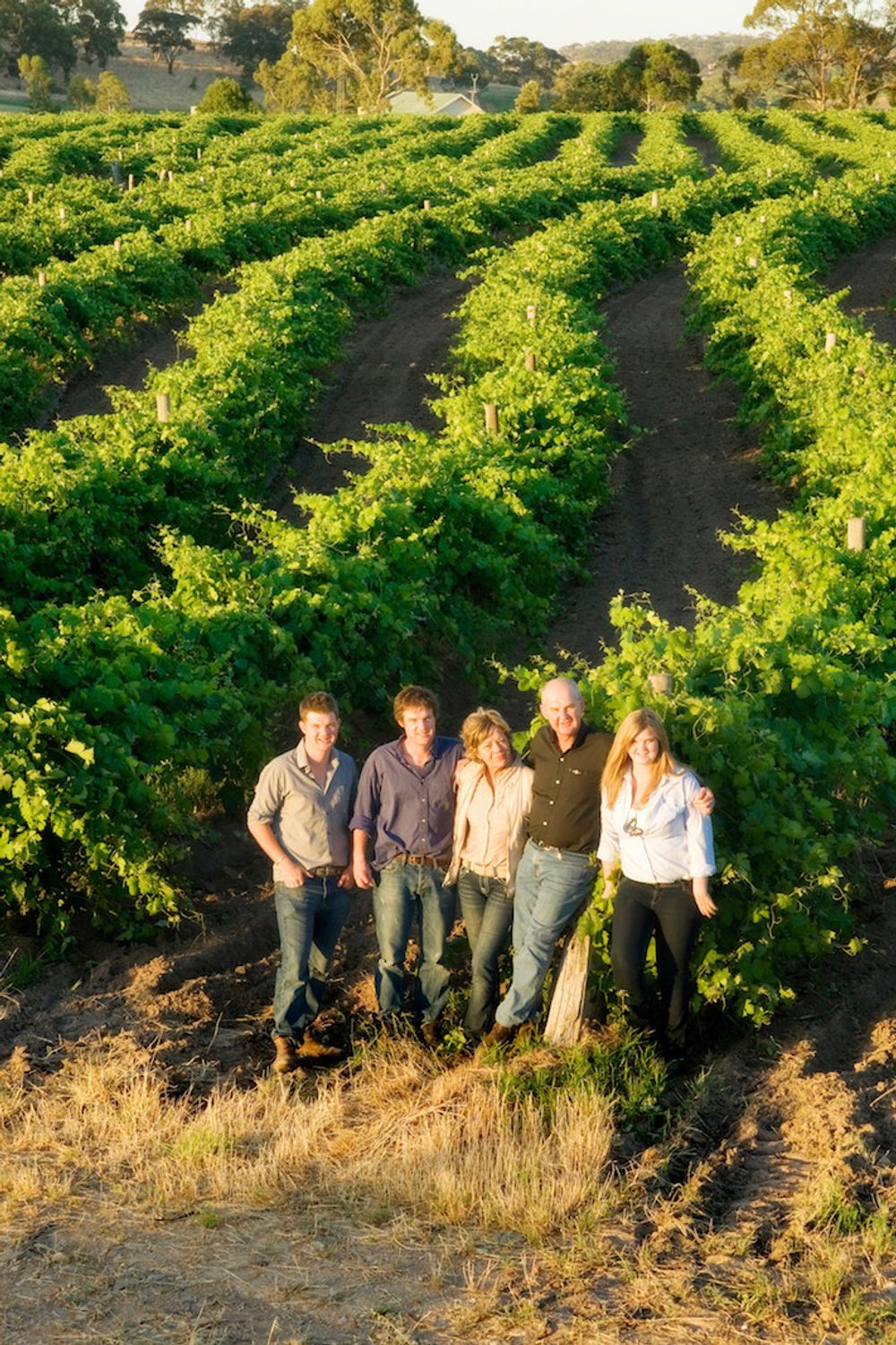
A family business: the Barry family in the Armagh Vineyard
Based in South Australia’s Clare Valley, although it also produces a range of Cabernet Sauvignons out of Coonawarra, Jim Barry Wines has won its fair share of awards, including being rated 2016-17 Winery of the Year by Matthew Jukes’ 100 Best Australian Wines. Although total production of all the wines now tops 1.2 million bottles, Jim Barry Wines remains very much a family business with Peter’s sons Tom and Sam respectively responsible for winemaking and sales, and other family members also involved with the business.
Ironically perhaps, Peter Barry doesn’t see the Armagh as a ‘big’ wine, in the sense that people often see wines from Clare Valley or Barossa or Coonawarra as big.
“If you have good primary fruit, and good firm tannins, that should be enough. You should never be able to taste the oak, it should lie quietly in the background to support everything else, he says, adding that Jim Barry Wines are very “laid back.”
This is borne out during our tasting of the 2013, the 2012, the 2010 – surprisingly tight, very masculine – the lovely rounded 2001 (my favourite) with lots of good primary fruit still showing through – and the 1999, which is still full-on despite getting on for being 20 years old. Peter reckons The Armagh generally shows at its best around 8-10 years after vintage but says some older vintages are still holding up well.
“I recently tried again the 1985, 1987 and 1988 – they are like knocked around old soldiers but still very interesting. And the 1989 is still showing great freshness,” he says.
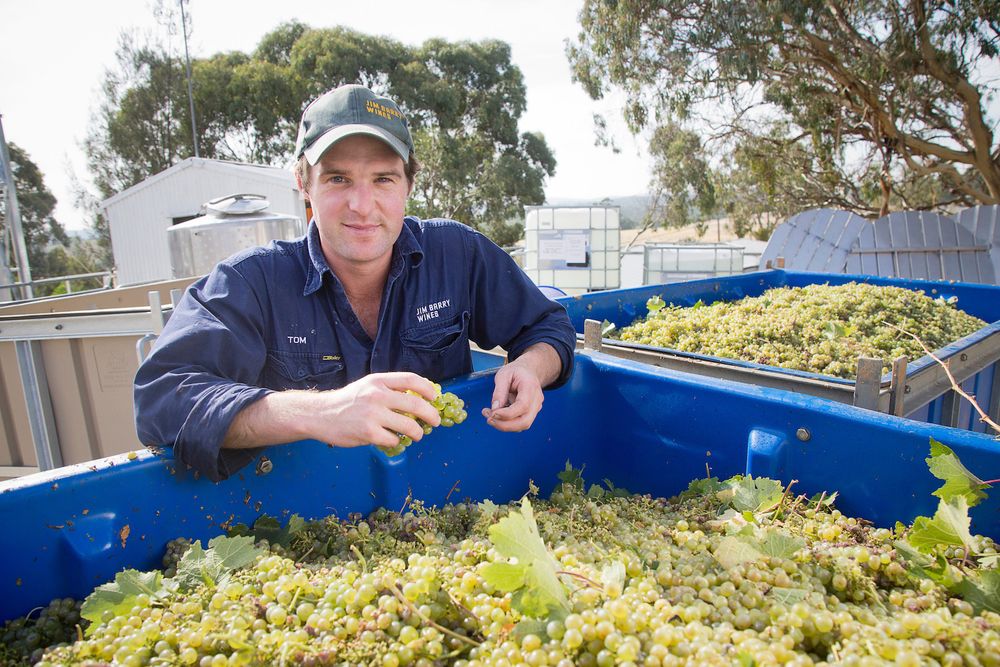
Tom Barry with Riesling grapes
However Jim Barry Wines are about much more than just the Armagh. The producer has another iconic brand amongst its range, the award-winning Riesling The Florita. Produced by Jim Barry Wines since 1986 from the famous Florita vineyard established by Leo Buring in 1962, the current vintage, 2016, is deliciously mineral with lovely fresh acidity supporting the fruit. Jim Barry Wines also produces a single vineyard Shiraz, and from Coonawarra, various Cabernet Sauvignons including a single vineyard wine.
However, the wine which has been getting most attention in the press recently, for good reason, is the Jim Barry Assyrtiko.
“My wife Sue and I were sitting on the beach in Santorini and asked for a glass of what the locals drink. When I was handed some Assyrtiko, I told Sue that the wine was different from anything I had ever tasted. I just couldn’t get enough of it.”
Barry got in touch with Yiannis Paraskevopoulus, head of Santorini-based Gaia Wines, which produces some of the world’s most acclaimed Assyrtiko, to learn what it is – aside from terroir, which is key to Santorini-produced Assyrtiko – that makes this variety so special. Paraskevopoulus provided the cuttings which Barry then planted at his Lodge Hill vineyard back in Australia.
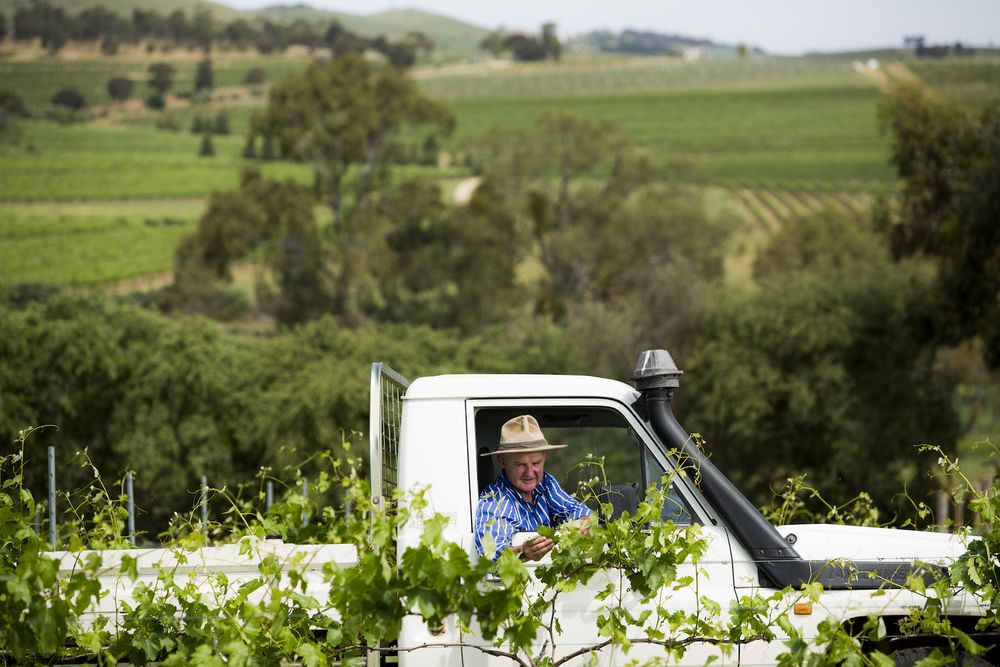
Peter Barry in the Lodge Hill Vineyard with the Assyrtiko vines
When the first vintage was released back in 2016 (just 30,000 bottles) the acclaim was universal. Critics have praised the first ever Australian – indeed, the first ever non-Greek – incarnation of Assyrtiko, even though the grapes are not grown, as in Santorini, basket-style, and Clare Valley soil is very different from Santorini’s volcanic terrain. The current 2017 vintage is quite restrained, with just 12.5% alcohol but most importantly, has the mineral fragrancy and zest which makes Assyrtiko such an appealing wine; it’s hard to believe that the vines it came from are so young.
Peter Barry admits he’s been very happy with the response, which makes his initial holiday to Santorini over ten years ago one of the most productive of his life.
Although production has risen slightly, Barry says he wants to keep producing a high-end product and not ruin it through excessive volume.
“This wine is really a sommelier wine, with key points of difference to other wines we make, and it will stay that way.”
So what does the future hold for Jim Barry Wines?
Barry says one thing you won’t see him producing is orange wine – “If I can’t taste the variety, it’s no good: the grape’s character needs to come through.” He feels Clare Valley will continue to go from strength to strength even though the region currently accounts for just 1.2% of Australia’s wine industry.
“My father fell in love with Clare Valley when there were just five or six wineries there. Back in 1966, he was one of the first to recognise that the future lies with quality table wine rather than the cheap fortified wine that dominated after the war. He planted Malbec, Shiraz, Cabernet Sauvignon and Riesling and even gave cuttings free to his local rivals. This all helped the industry move forward over the 1960s and 1970s,” he recalls.
“That was a pioneering time but we were all good friends and helped one another.”
And today? What does he make of the industry?
He worries that Australia’s drought problem is really serious and is affecting winemaking across the board; for the first time, Jim Barry Wines is having to irrigate in winter and Barry admits he nervously consults the weather charts every day.
“Things are a lot more competitive than they were but we are all committed to the same thing, and that is continuing to improve the profile and outlook of Australian wine as a whole.”
Jim Barry Wines are available through Hallgarten & Novum Wines.




























